Q&As for Relief for Layover Rest
1. When do all of these changes become effective?
Answer: Under the terms of the agreement, the provisions will come online as follows:
Provision |
Implementation |
|
|
Domestic Layover Rest |
DEC 2005 |
|
|
International Layover Rest (Non-IFS/AIFS) |
JAN 2006 |
|
|
International Layover Rest (Europe / Deep South America / Asia) |
JAN 2006 |
|
|
Long-Range F/A Meals |
DEC 2005 |
|
|
Extended Long-Range Meals |
NOV 2005 |
|
|
Equipment Voluntary Quals |
MAR 2006 |
|
|
Service Voluntary Quals |
DEC 2005 |
|
|
Staffing Reductions |
Short-Haul Beverage Flights |
DEC 2005 |
|
757/767-300 2-ClassTranscon / Hawaii |
JAN 2005 |
|
2. If I’m a domestic flight attendant, will I be able to complete AIFS training under the voluntary agreement?
Answer: No. While you are not restricted to the equipment flown at your base on the equipment side, you may not opt for training outside of your operation – domestic/international.
3. Do we Flight Attendants still get training pay for the time we spendspent at voluntary training?
Answer: Yes. Training pay will be paid in accordance with Article 3.H.2 of the AA/APFA Collective Bargaining Agreement. See the Overview posted on AAFlightService.com for pay examples.
4. Does the settlement of the B737 Presidential Grievance on staffing mean that we’ll be returning to previous staffing levels or will we stay where we are today?
Answer: By settling the Presidential Grievance on B737, the staffing changes that were previously implemented by the company will remain in place with the current reduced level of service. The Presidential Settlement includes the additional improvements made to rest, food and training.
5. With the staffing changes, from which cabin will a flight attendant be removed?
Answer: Since this is being driven by the removal of Main Cabin tray service and the introduction of BOB, the reduction will occur in Main Cabin.
6. Why are weis AA removing flight attendants from Hawaii and two-class Transcon flights?
Answer: The removal of an additional flight attendant from Hawaii and Transcon flights is being driven by the removal of tray service and the introduction of BOB in the Main Cabin. Since it is no longer necessary to cook meals or set up multiple carts, a dedicated galley position is no longer required.What is a staffing measurement tool?
Answer: A “staffing measurement tool” allows the Company and APFA to measure the workload of flight attendants based on all of the responsibilities assigned to each position in relation to the length of the flight. The tool is used to determine the appropriate number of flight attendants to staff a flight.
7. Are youIs AA planning additional reductions on international flights?
Answer: No additional staffing reductions are planned at this time.
8. What is the difference between “scheduled minimum rest” and “operational minimum rest?”
Answer: The scheduled minimum rest refers to the amount of time that Crew Resources schedules layover rest as part of an allocation that appears on the bid sheet. The operational minimum refers to the amount of time that scheduled minimums may be reduced by Crew Tracking before a flight attendant is “illegal” to fly under the terms of the AA/APFA Collective Bargaining Agreement (CBA).
9. If you’re AA is able to make operational reductions to rest, what’s the point of scheduling them longer? Won’t you AA just plan the operation to consistently reduce our rest time?
Answer: In most cases, the scheduled layover rest is the amount of rest Flight Attendants receive what flight attendants end up flying unless they are impacted by cancellations or off-schedule operations (OSO).
10. Does this give us back our eight hours behind the door?
Answer: Yes. The agreement is intended to provide eight hours ‘behind the door’ minimum rest and is comparable to the current pilot domestic layover rest rules in actual operations. If you find that your ‘behind the door’ rest results in less than eight hours, you should contact Crew Tracking to have your sign in adjusted accordingly.
11. Since the company already provides a 10:00 minimum scheduled layover on Transatlantic and Deep South America flying, how does the change to 10:30 help usFlight Attendants?
Answer: In the actual operation, tThe previous approach did not provide a full minimum 10:00 of ten hours free of duty at a layover station. minimum layover rest provision. In actual operations, it was possible to reduce the layover rest period to less than ten hours. Under this agreement, the minimum rest period for Transatlantic, Deep South America and Asia is now 10:00 in actual operations.


